Menu


Copyright: VIET NAM NATIONAL AUTHORITY OF TOURISM
Webmaster: TOURISM INFORMATION TECHNOLOGY CENTER
Address: No. 33, Alley 294/2 Kim Ma Street, Ba Dinh District, Ha Noi
Responsible for content: Tourism Information Technology Center
License number: 78/GP-TTĐT dated 29 May 2020
Visitor: 72689036




© TITC